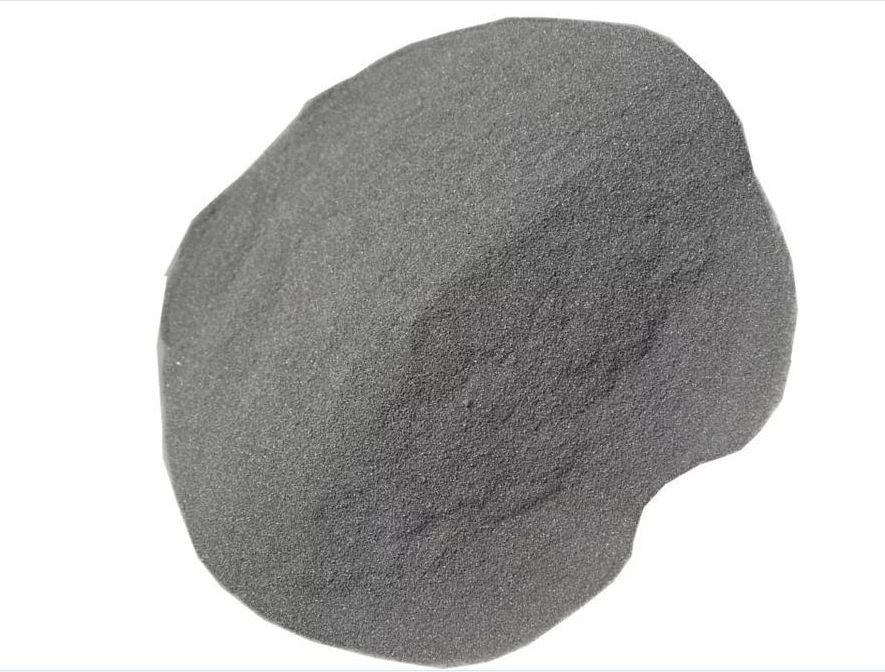

current position:Information and data>Can metal detection doors detect metal powder
Can metal detection doors detect metal powder
With the continuous development of science, technology and society, in recent years, security inspection industries such as metal detectors, security doors, and security inspection machines have developed rapidly, and even the education industry has also set off a panic buying boom. Experiments on this issue have revealed the mystery of the security industry.
With the continuous development of science and technology and society, in recent years, the security inspection industries such as metal detectors, security doors, and security inspection machines have developed rapidly, and even the education industry has also set off a panic buying boom. Experiments on this issue have revealed the mystery of the security industry. Metals in elemental form also have different shapes. For example, they can be fine powder, large particles, flakes, lumps, etc. First, we spread the metal powders most commonly used in chemical experiments on a piece of paper to detect them one by one. The results are as follows:
The results showed that the metal powder could not be detected. In the experiment, even if a large amount of metal powder is used, or even a whole bottle of metal powder, the metal detector will “turn a blind eye”. So, what will happen if the powder particles of these metals are enlarged? Since there are ready-made zinc particles (about 3 mm in diameter) in the laboratory, this is a conventional hydrogen production drug. In addition, iron nails can also be regarded as large particles with a fixed shape. Therefore, we tested these two large-particle metals, and the results showed that the zinc particles and iron nails were "in good condition"! We also detected thin-film metals, metal flakes, and bulk metals. The themes are aluminum foil, silver foil, zinc flakes, copper flakes, iron blocks, copper blocks, etc. Among them, the silver foil comes from the "silver mirror reaction", and we directly detected a thin layer of silver foil attached to the inner wall of the test tube. The results show that, including the thin silver foil, none of these metals "slip through the net." It is worth mentioning that the metal detector can "perceive" the presence of silver metal on the inner wall of the test tube through the glass wall, which also shows that the detection of metal does not necessarily require the metal to be in a fully exposed state. It is based on this that metal detectors can be widely used to detect some of the more concealed prohibited items.
Hot information

